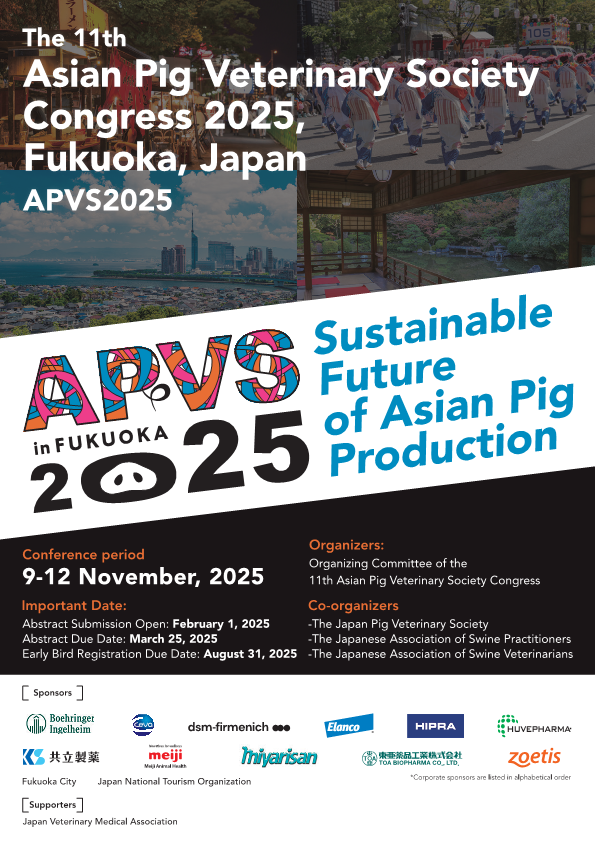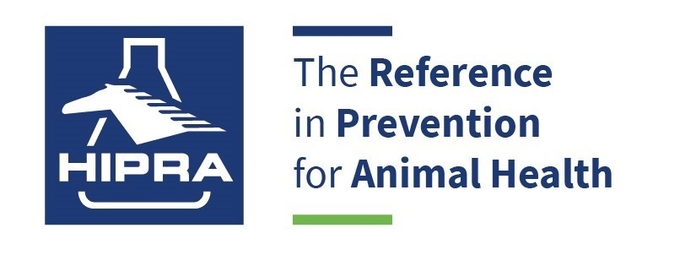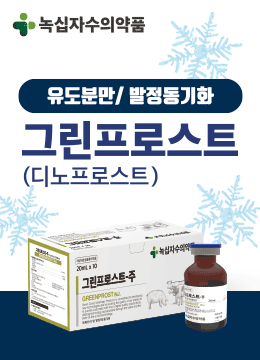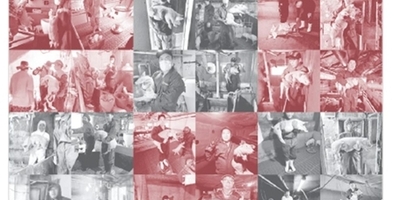모두가 양돈 현장에서 PRRS를 여러 차례 겪어 봤지만, 아직도 PRRS 컨트롤에 대한 '정답'은 없습니다. 오랜 기간 양돈농가를 괴롭혀온 만큼 PRRS에 대한 오해와 편견이 많이 쌓여있는 현실입니다. 'PRRS의 모든 지식'(총 15화)을 통해 우리 농장에 맞는 PRRS 컨트롤의 '해답'을 발견할 수 있길 기대합니다. 본 기고글은 HIPRA 본사에서 출간한 'The book for PRRS Knowledge"' 내용을 번역·정리한 것입니다.
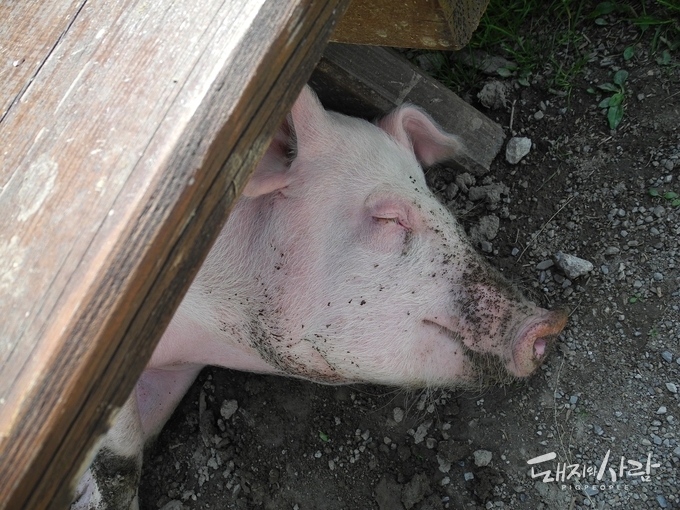
PRRS 바이러스에 대한 면역이 아직까지 완벽히 규명되지 않았음에도 불구하고, 백신 적용은 많은 PRRS 감염 돈군에 분명한 이점을 제공하고 있습니다. 한편, PRRS 백신에 대한 부족한 이해는 단편적인 적용 실패 경험을 ‘PRRS 백신은 효과가 없다’는 잘못된 인식으로 부풀리기도 합니다. 백신 접종은 모니터링 방법, 차단방역 강화, 관리 개선과 더불어 효과적인 PRRS 컨트롤 전략을 구성하는 ‘4개의 기둥’ 중 하나입니다. 올바른 백신 적용과 효과적인 PRRS 컨트롤을 위해 이해해야 할 내용들은 무엇일까요?

1. PRRS 백신의 유형
현재 세계 각국의 양돈 시장에 출시된 PRRS 백신은 30종 이상입니다. 이 중 두 종류의 PRRS2V 서브유닛 백신을 제외한 나머지는 모두 약독화 생독 백신(MLV, modified live virus) 또는 불활화 사독 백신(IV, inactivated virus)입니다. 그 중에서도 생독 백신이 널리 이용되고 있습니다.
현존하는 PRRS 백신들은 일부 질병(오제스키, 돈열 등)에 대한 백신처럼 모든 야외 바이러스에 대해 완벽한 면역을 제공하진 않습니다. 일반적으로 상용화된 PRRS 백신들은 동종(homologous) 바이러스에 대해 뛰어난 방어 능력을 제공합니다. 하지만, 이종(heterologous, 같은 유전형에 속하더라도 서로 다른 바이러스는 이종 관계) 방어 능력은 매우 다양하게 나타납니다.
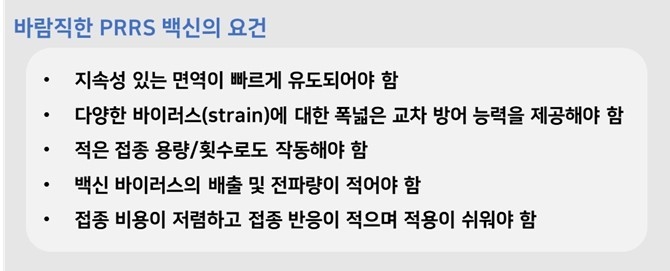
백신 제조 회사들은 더 폭넓은 방어 능력을 갖춘 백신을 개발하기 위해 끊임없이 노력하고 있습니다. 하지만 바이러스 단백질을 발현하는 재조합 벡터 백신, 서브유닛 백신 등을 비롯한 사독 백신 등은 아직까지 PRRS 바이러스의 유전적 다양성과 면역 회피를 극복하지 못하며, 생독 백신의 효능을 넘어서지 못하고 있습니다.
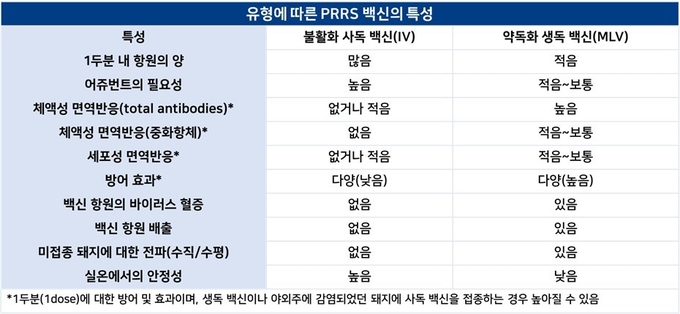
2. PRRS 백신이 효과가 있을까?
세계적으로 다양한 PRRS 백신이 출시되어 있지만, 아쉽게도 모든 PRRS 바이러스 감염에 대해 완벽한 면역을 제공하는 백신은 없습니다. 지난 원고들에서 아래와 같이 그 이유에 대해 살펴보았습니다.
● PRRS 바이러스의 유전적 다양성이 매우 높음
● PRRS 바이러스는 강력한 면역 반응 조정 능력을 가지고 있음
여기에서 자연스럽게 “PRRS 백신이 효과가 있을까?”라는 의문이 생깁니다. 이에 대한 대답은 매우 간단합니다. “PRRS 백신은 효과가 있다”는 것입니다.
백신이 감염 자체를 완벽히 막진 못하지만, 백신에 의해 형성된 면역은 PRRS에 의한 영향을 줄여줍니다. 백신에 의한 방어력은 개체 수준과 돈군 수준으로 나누어 평가할 수 있습니다. 태반 감염 실험에서 백신 접종이 이종 바이러스(heterologous challenge)에 대한 부분적인 방어력과 동종 바이러스(homologous challenge)에 대한 완전한 방어력을 제공하는 것이 입증되었습니다.
PRRS 바이러스의 유전적 다양성은 매우 높으므로, 모든 농장의 야외 바이러스 감염은 사실상 이종 감염(heterologous infection)으로 분류됩니다. 번식 돈군에서 이러한 이종 바이러스에 대한 백신의 방어력은 번식 성적과 자돈 생존력이 유의미한 수준으로 개선되는 사례들을 통해 확인되고 있습니다. 백신을 자돈에 접종하는 경우에도 임상증상 및 바이러스 감염에 대해 다양한 수준의 방어 효과가 나타나는 것이 확인되었습니다.
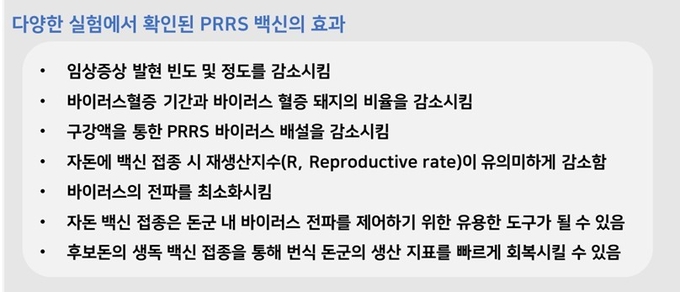
백신 적용의 효과를 극대화되려면 ① 관리 및 차단방역의 개선이 동반되어야 하며, ② 방어를 위한 최소 수준의 면역에 도달하기 위해 일정 시간이 필요하다는 것을 알아야 합니다. 백신은 미흡한 돈군 관리와 차단방역을 대체하는 수단이 아닙니다. 이것은 다른 질병과 백신에서도 마찬가지이며 PRRS의 경우에는 더욱 강조되는 내용입니다. 그 외의 주의사항으로, 백신 제조사에 의해 효과나 안전성이 입증되지 않은 혼합 사용(다른 약제 및 백신과 PRRS 백신의 혼합)은 지양되어야 합니다. 특히 PRRS 생독 백신의 경우 다른 약제 혹은 백신과의 혼합이 PRRS 생독 바이러스 항원의 생존 시간에 영향을 미칠 수 있습니다.
3. 특정 바이러스(strain)에 대한 PRRS 백신의 효과를 예측할 수 있을까?
아쉽게도, 이 질문에 대한 답은 “절대 예측할 수 없다” 입니다. 특정 야외주 PRRS 바이러스나 백신이 다른 PRRS 바이러스에 대해 어느 정도의 방어력을 제공할지 예측하는 것은 불가능합니다.
앞서 살펴보았듯 PRRS 바이러스는 극단적으로 높은 변동성을 가지고 있습니다(4화, 5화 내용 참고). 또한 PRRS 바이러스의 면역 반응을 유도하는 중화항체 및 T세포에 대한 항원결정기도 여전히 정확히 규명되지 않았습니다(6, 7, 8화 내용 참고).
그 예시로 GP3, GP4, GP5 부위의 염기서열을 분석하는 실험들에서, ① 중화 항체 형성에 관여하는 것으로 추정되는 GP3, GP4, GP5와 바이러스의 중화 여부는 상관관계가 없었으며, ② N-글리칸의(PRRS의 중화항체 형성을 방해하는 당 사슬) 결합 숫자 역시 바이러스 중화 여부와 상관관계가 없는 것으로 나타났습니다. 특정 바이러스(strain)이 강한 중화항체 혹은 세포성 면역을 유도한다면 높은 방어력을 제공할 가능성이 높다는 것이 알려져 있지만, 이 역시 ‘가능성’일 뿐입니다.
바이러스 간 방어력 예측을 위해 염기서열 분석을 이용하는 것은 어떨까요? 여러 바이러스의 유전자 염기서열 분석 실험을 통해, 백신이 제공하는 방어력은 단순한 유전적 상동성 정보만으로는 예측이 어렵다는 것이 밝혀졌습니다. 이것은 통상적으로 이용하는 GP5의 비교에서는 물론, 전체 구조 단백질 혹은 전체 유전체 비교에서도 마찬가지였습니다.
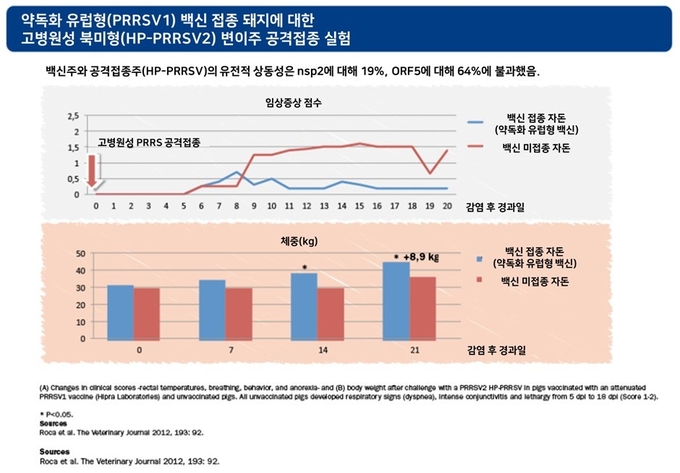
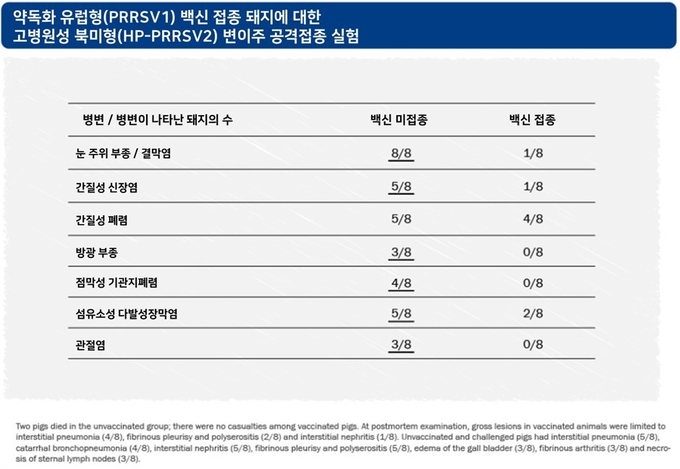

참고 문헌
- Bautista EM, Molitor TW. Cell-mediated immunity to porcine reproductive and respiratory syndrome virus in swine. Viral Immunol. 1997, 10: 83-94.
- Bautista EM, Molitor TW. IFN gamma inhibits porcine reproductive and respiratory syndrome virus replication in macrophages. Arch Virol. 1999, 144:1191-200.
- Butler JE, Lager KM, Golde W, Faaberg KS, Sinkora M, Loving C, Zhang YI. Porcine reproductive and respiratory syndrome (PRRS): an immune dysregulatory pandemic. Immunol Res. 2014, 59:81-108.
- Darwich L, Díaz I, Mateu E. Certainties, doubts and hypotheses in porcine reproductive and respiratory syndrome virus immunobiology. Virus Res. 2010, 154:123-32.
- Díaz I, Darwich L, Pappaterra G, Pujols J, Mateu E. Different European-type vaccines against porcine reproductive and respiratory syndrome virus have different immunological properties and confer different protection to pigs. Virology. 2006, 351:249-59.
- Díaz I, Gimeno M, Darwich L, Navarro N, Kuzemtseva L, López S, Galindo I, Segalés J, Martín M, Pujols J, Mateu E. Characterization of homologous and heterologous adaptive immune responses in porcine reproductive and respiratory syndrome virus infection. Vet Res. 2012, 19:43:30.
- Dwivedi V, Manickam C, Binjawadagi B, Linhares D, Murtaugh MP, Renukaradhya GJ. Evaluation of immune responses to porcine reproductive and respiratory syndrome virus in pigs during early stage of infection under farm conditions. Virol J. 2012, 9:45.
- Kimman TG, Cornelissen LA, Moormann RJ, Rebel JM, Stockhofe-Zurwieden N. Challenges for porcine reproductive and respiratory syndrome virus (PRRSV) vaccinology. Vaccine. 2009, 27:3704-18.
- Labarque GG, Nauwynck HJ, Van Reeth K, Pensaert MB. Effect of cellular changes and onset of humoral immunity on the replication of porcine reproductive and respiratory syndrome virus in the lungs of pigs. J Gen Virol. 2000, 81:1327-34.
- Lopez OJ, Osorio FA. Role of neutralizing antibodies in PRRSV protective immunity. Vet Immunol Immunopathol. 2004, 102:155-63.
- Lowe JE, Husmann R, Firkins LD, Zuckermann FA, Goldberg TL. Correlation of cell-mediated immunity against porcine reproductive and respiratory syndrome virus with protection against reproductive failure in sows during outbreaks of porcine reproductive and respiratory syndrome in commercial herds. J Am Vet Med Assoc. 2005, 226:1707-11.
- Lunney JK, Benfield DA, Rowland RR. Porcine reproductive and respiratory syndrome virus: an update on an emerging and re-emerging viral disease of swine. Virus Res. 2010, 154:1-6.
- Lunney JK, Fang Y, Ladinig A, Chen N, Li Y, Rowland B, Renukaradhya GJ. Porcine reproductive and respiratory syndrome virus (PRRSV): Pathogenesis and Interaction with the Immune System. Annu Rev Anim Biosci. 2016, 4:129-54
- Martelli P, Gozio S, Ferrari L, Rosina S, De Angelis E, Quintavalla C, Bottarelli E, Borghetti P. Efficacy of a modified live porcine reproductive and respiratory syndrome virus (PRRSV) vaccine in pigs naturally exposed to a heterologous European (Italian cluster) field strain: Clinical protection and cell-mediated immunity. Vaccine. 2009, 27:3788-99.
- Martínez-Lobo FJ, Díez-Fuertes F, Simarro I, Castro JM, Prieto C. Porcine Reproductive and Respiratory Syndrome Virus isolates differ in their susceptibility to neutralization. Vaccine. 2011, 29:6928-40.
- Mateu E, Diaz I. The challenge of PRRS immunology. Vet J. 2008, 177:345-51.
- Meier WA, Galeota J, Osorio FA, Husmann RJ, Schnitzlein WM, Zuckermann FA. Gradual development of the interferon-gamma response of swine to porcine reproductive and respiratory syndrome virus infection or vaccination. Virology. 2003, 309:18-31.
- Mengeling WL, Lager KM, Vorwald AC, Koehler KJ. Strain specificity of the immune response of pigs following vaccination with various strains of porcine reproductive and respiratory syndrome virus. Vet Microbiol. 2003, 93:13-24.
- Miranda J, Torrents D, Busquet M, Fenech M, Mateu E, Díaz I. Heterologous cell-mediated immune responses against PRRS virus in gilts vaccinated intramuscularly and intradermally with UNISTRAIN® PRRS. 2015, 7th International Symposium on Emerging and Re-emerging Pig Diseases.
- Murtaugh MP, Xiao Z, Zuckermann F. Immunological responses of swine to porcine reproductive and respiratory syndrome virus infection. Viral Immunol. 2002, 15:533-47.
- Murtaugh MP, Genzow M. Immunological solutions for treatment and prevention of porcine reproductive and respiratory syndrome (PRRS). Vaccine. 2011, 29:8192-204.
- Murtaugh MP, Stadejek T, Abrahante JE, Lam TT, Leung FC. The ever-expanding diversity of porcine reproductive and respiratory syndrome virus. Virus Res. 2010, 154:18-30.
- Rose N, Renson P, Andraud M, Paboeuf F, Le Potier MF, Bourry O. Porcine reproductive and respiratory syndrome virus (PRRSv) modified-live vaccine reduces virus transmission in experimental conditions. Vaccine. 2015, 33:2493-9.
- Pileri E, Gibert E, Soldevila F, García-Saenz A, Pujols J, Diaz I, Darwich L, Casal J, Martín M, Mateu E. Vaccination with a genotype 1 modified live vaccine against porcine reproductive and respiratory syndrome virus significantly reduces viremia, viral shedding and transmission of the virus in a quasi-natural experimental model. Vet Microbiol. 2015, 175:7-16.
- Prieto C, Alvarez E, Martínez-Lobo FJ, Simarro I, Castro JM. Similarity of European porcine reproductive and respiratory syndrome virus strains to vaccine strain is not necessarily predictive of the degree of protective immunity conferred. Vet J. 2008, 175:356-63.
- Roca M, Gimeno M, Bruguera S, Segalés J, Díaz I, Galindo-Cardiel IJ, Martínez E, Darwich L, Fang Y, Maldonado J, March R, Mateu E. Effects of challenge with a virulent genotype II strain of porcine reproductive and respiratory syndrome virus on piglets vaccinated with an attenuated genotype I strain vaccine. Vet J. 2012, 193:92-6.
- Royaee AR, Husmann RJ, Dawson HD, Calzada-Nova G, Schnitzlein WM, Zuckermann FA, Lunney JK. Deciphering the involvement of innate immune factors in the development of the host response to PRRSV vaccination. Vet Immunol Immunopathol. 2004, 102:199-216.
- Scortti M, Prieto C, Martínez-Lobo FJ, Simarro I, Castro JM. Effects of two commercial European modified-live vaccines against porcine reproductive and respiratory syndrome viruses in pregnant gilts. Vet J. 2006, 172:506-14.
- Weesendorp E, Morgan S, Stockhofe-Zurwieden N, Popma-De Graaf DJ, Graham SP, Rebel JM. Comparative analysis of immune responses following experimental infection of pigs with European porcine reproductive and respiratory syndrome virus strains of differing virulence. Vet Microbiol. 2013, 163:1-12.
- Yoon KJ, Wu LL, Zimmerman JJ, Platt KB. Field isolates of porcine reproductive and respiratory syndrome virus (PRRSV) vary in their susceptibility to antibody dependent enhancement (ADE) of infection. Vet Microbiol. 1997, 55:277-87.
- Zimmerman JJ, Benfield DA, Dee SA, Murtaugh MP, Stadejek T, Stevenson GW, Torremorell M. Porcine reproductive and respiratory syndrome virus (porcine arterivirus). In: 10th ed. Diseases of swine, Ed. Wiley-Blackwell. 2012, 31:463-86.











